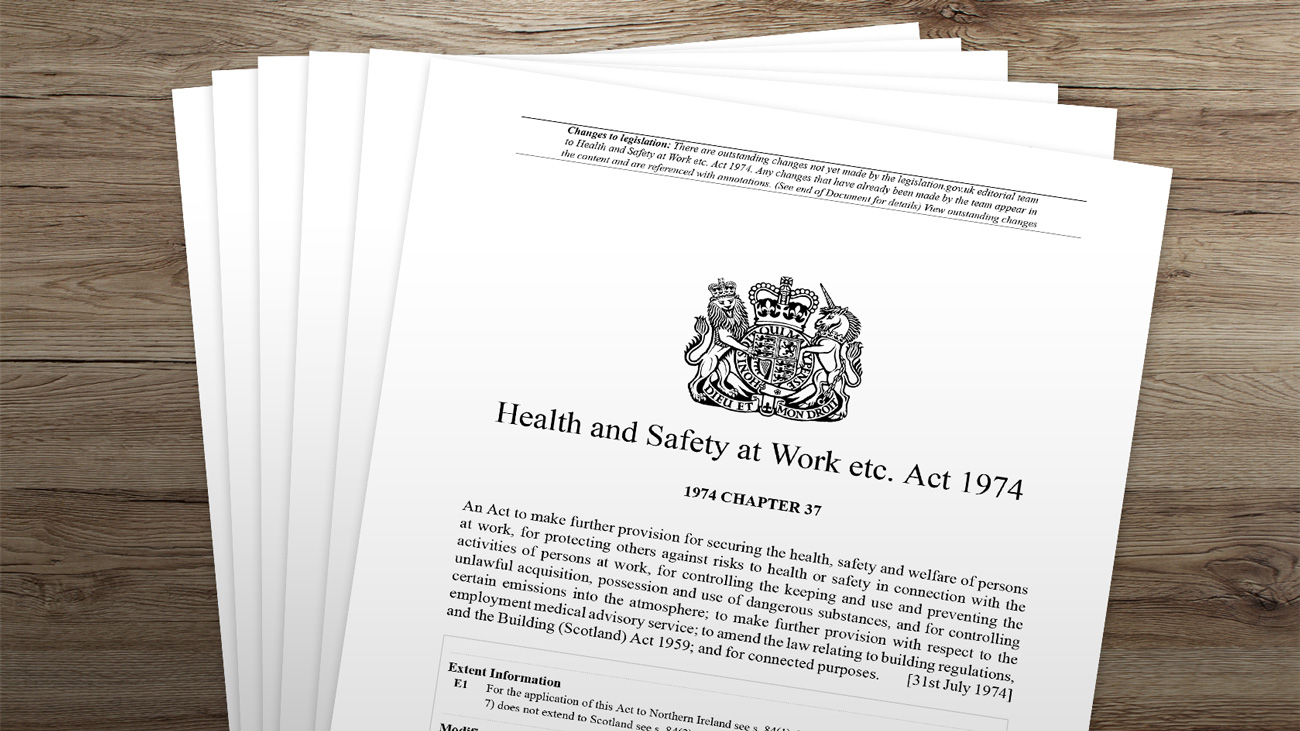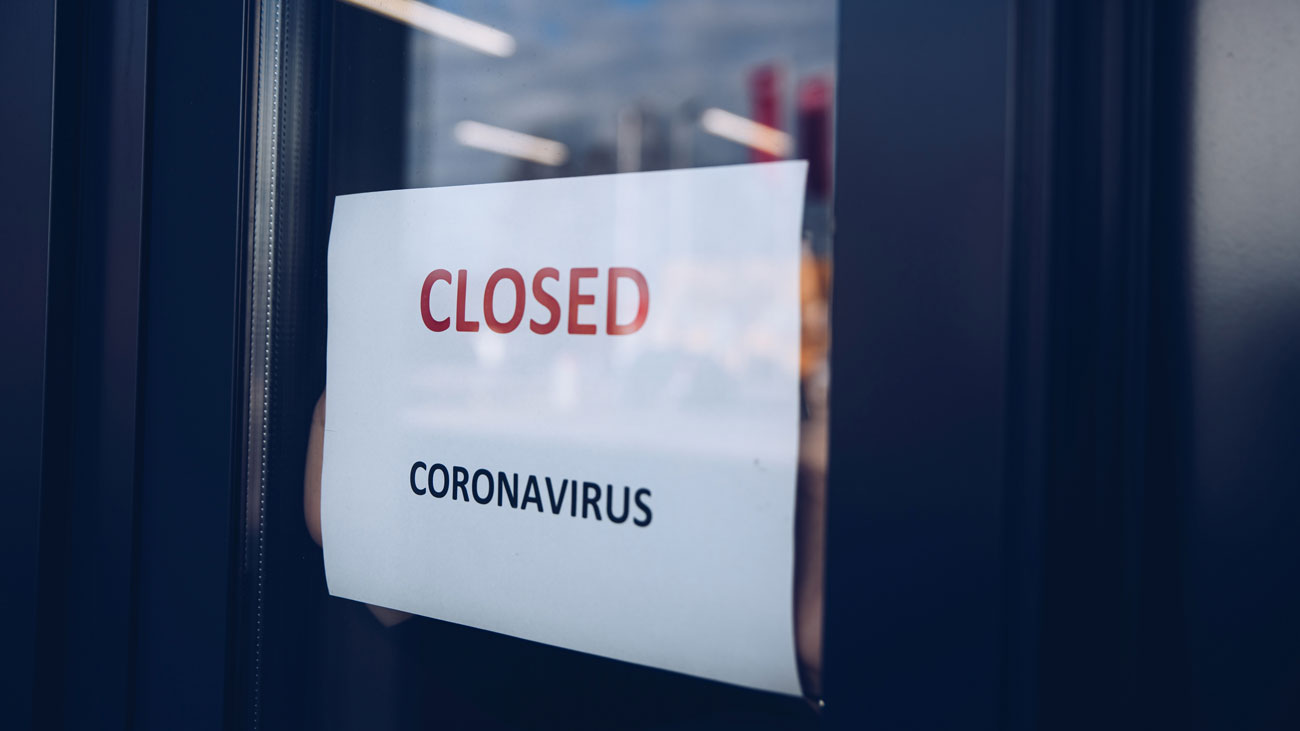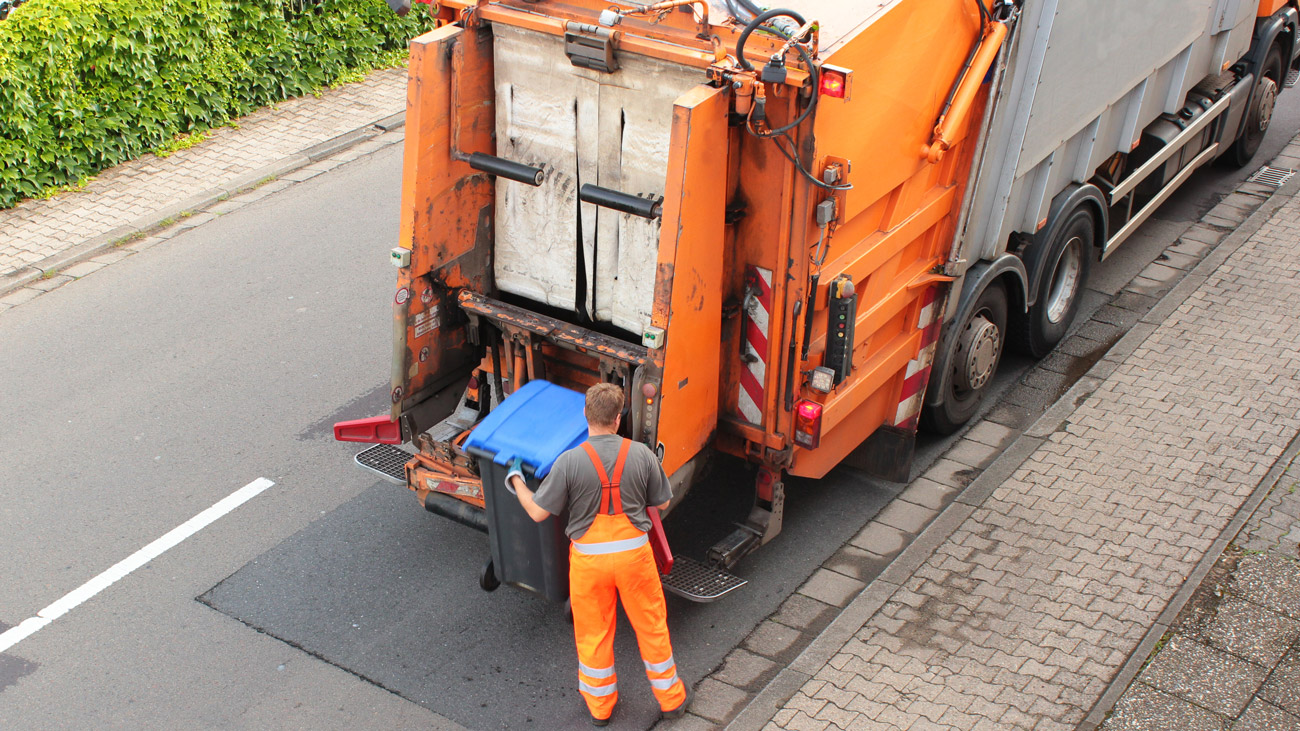
Briefing: Sentencing for health and safety offences: a more stringent approach?
Since its introduction in February 2016, the Definitive Guideline for the sentencing of health and safety offences (the Sentencing Guideline) has sent out a clear message to organisations on health and safety sentencing, namely: “the fine must be sufficiently substantial to have a real economic impact which will bring home to both management and shareholders the need to comply with health and safety legislation”.
In this briefing, Sally Hancock, Partner, and Marta Tomlinson, Legal Director of law firm Kennedys investigate how firms are facing increasing fines for health and safety breaches.
Background
Sentencing judges are becoming increasingly familiar with the application and particular nuances of the Sentencing Guideline and with that comes confidence in awarding increasing fines against companies.
This is well demonstrated by recent fines; in just the first half of 2023, the highest fine topped £4.4 million. This sentence was imposed on Kier Infrastructure and Overseas Ltd after it pleaded guilty to charges in relation to two incidents which involved breaches of Sections 2 and 3 of the Health and Safety at Work etc Act 1974 and Regulation 13 of the Construction (Design and Management) Regulations 2015. The Health and Safety Executive (HSE) investigation found that Kier’s workers twice struck overhead powerlines whilst working on the M6 motorway. It was said that inadequate planning from Kier meant that the vehicle used in the first incident was unsuitable despite other more suitable vehicles being available. There was also said to be no task-specific risk assessment available for the workers. The workers involved in the second incident told the HSE they were unaware of the overhead hazards.
This trend of increased sentences was identified by the Sentencing Council back in April 2019 when it published its assessment on the impact of the Sentencing Guideline. The assessment concluded that for health and safety offences, there had been a considerable increase in fines for larger organisations, although this was anticipated. However, the increase in fines for smaller organisations was not anticipated and in reality, it is arguable that the smaller businesses are really bearing the brunt of the changes.
Either way, higher fines are certainly here to stay, and it seems there may even be scope for increased sentences on the horizon, especially for those organisations that are categorised as ‘very large organisations’.
Whilst the Sentencing Guideline provides helpful guidance on the starting point and range for fines in respect of organisations with annual turnovers below £50 million, there is still some ambiguity on when an organisation with an annual turnover in excess of £50 million will be treated as a ‘very large organisation’ for the purpose of being sentenced.
In 2021 the Court of Appeal consolidated previous case law but confirmed that it would not seek to define when a large organisation would cross the divide into a very large organisation. It gave the following direction:
- The Sentencing Council have not defined what constitutes a very large organisation and found that it is not for the court to do so;
- There is no precise level of when an organisation becomes a very large organisation - it should be obvious;
- The sentencing court must ensure the penalty is proportionate to the means of the offender whilst also sending a message to management and shareholders;
- When sentencing the court should look at the starting point and category range and should find a fine that is proportionate to the offender;
- There should be no mechanistic use of the figures for a large organisation and adapt them upwards; and
- There should not be a dividing line between a large and very large organisation, it is a spectrum for the court to consider on a case-by-case basis.
But it is not just organisations that have been affected; we have also seen a direct impact on individuals with the introduction of lower thresholds for custodial sentences.
The Sentencing Council impact assessment found that there has been a general rise in the number of immediate and suspended custodial sentences, as well as community service orders. This was most recently shown in the sentencing of two individual directors in May 2023 who each received a nine-month immediate custodial sentence in relation to four health and safety charges after a wall collapsed on five agency workers, fatally injuring them all.
This increased scrutiny on individuals together with a focus on finding them accountable may be reflective of the times we are living in, but it is clear that sentencing judges are exploring all of the sentencing options available to them, and individuals face a real risk of custody if found guilty of a health and safety offence.
We are also seeing an increase in prosecutions for breaches of health and safety legislation where there has been no injury. This is perhaps best demonstrated by the two cases against National Grid and Exolum Pipeline System Limited, with both receiving significant fines.
National Grid was fined £4 million in February 2022 for exposing residents and members of the public to risks to their health and safety. This was as a consequence of poor record keeping in respect of high-rise multiple-occupancy buildings which led to the absence of routine safety inspections of those buildings. In March this year Exolum was fined £2.3 million for safety breaches after its employees were exposed to a risk of serious injury and even death while working on a leaking pipeline containing petrol under pressure. The Health and Safety Executive investigation into the incident found that Exolum failed to properly identify and control the risks associated with carrying out a pipeline repair.
Comment
The preparation for sentencing hearings is becoming an increasingly critical stage. Accounting experts and sophisticated financial evidence will be essential for some corporate defendants in the realms of the large/very large organisation spectrum and some organisations will even need to consider whether a ‘litigate to mitigate’ approach could be more beneficial to their position.







